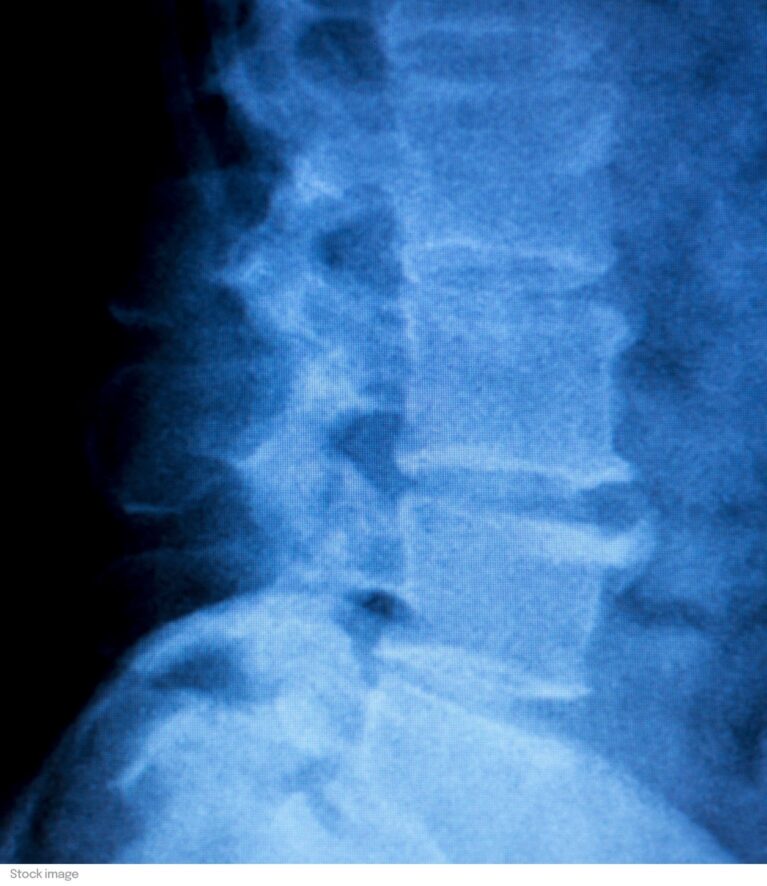
Degenerative disc disease
The process of progressive deterioration of the intervertebral disc is called degenerative disc disease and leads to progressive wear and tear of the spine with age. The shock-absorbing function of the disc is then altered, reducing the spine's flexibility and resistance to impact. Disc disease becomes pathological when it causes pain to the patient. There are two types of pain:
- Pain called "rod pain", localized at the level of the most affected disc.
- Pain that radiates to other parts of the body, depending on the area of the spine affected: cervicalgia for the neck, dorsalgia for the upper back and lumbago for the lower back.
Treatment is initially medical, with analgesics, anti-inflammatories and muscle relaxants, to which physiotherapy is added. If the situation and the pain do not improve, back surgery is considered: cages, screws and rods are used to fix the vertebrae adjacent to the painful disc; this is called arthrodesis.